Family tree of Fannia, wife of Helvidius Priscus
Annotations
Family tree of Fannia, wife of Helvidius Priscus and daughter of Thrasea Paetus (see Pliny, Letters 3.16). Based on the work of Theodore Mommsen. From J.H. Wescott, Selected Letters of Pliny (Boston: Allyn and Bacon, 1896, renewed 1926), p. 185.

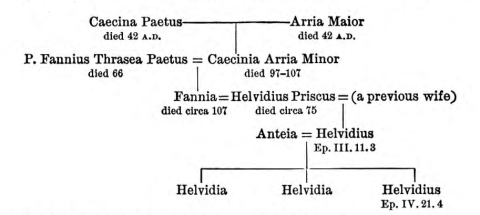
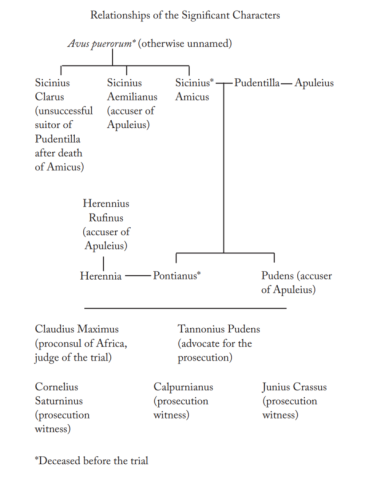
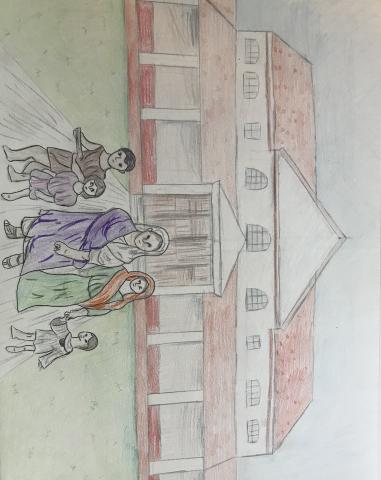

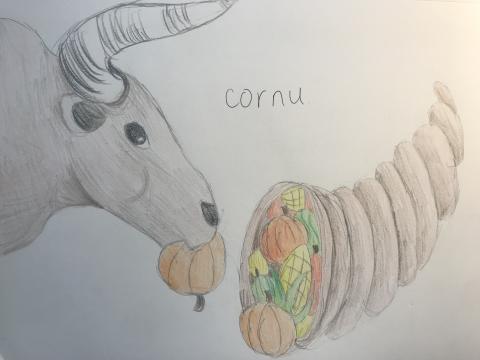
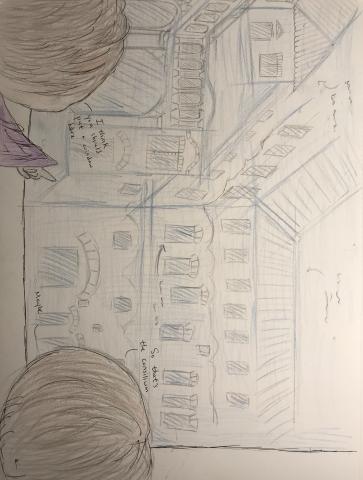
Thomas Nelson Winter, from "Apology as Prosecution: The Trial of Apuleius" (Diss. Northwestern University, 1968), p. 10.